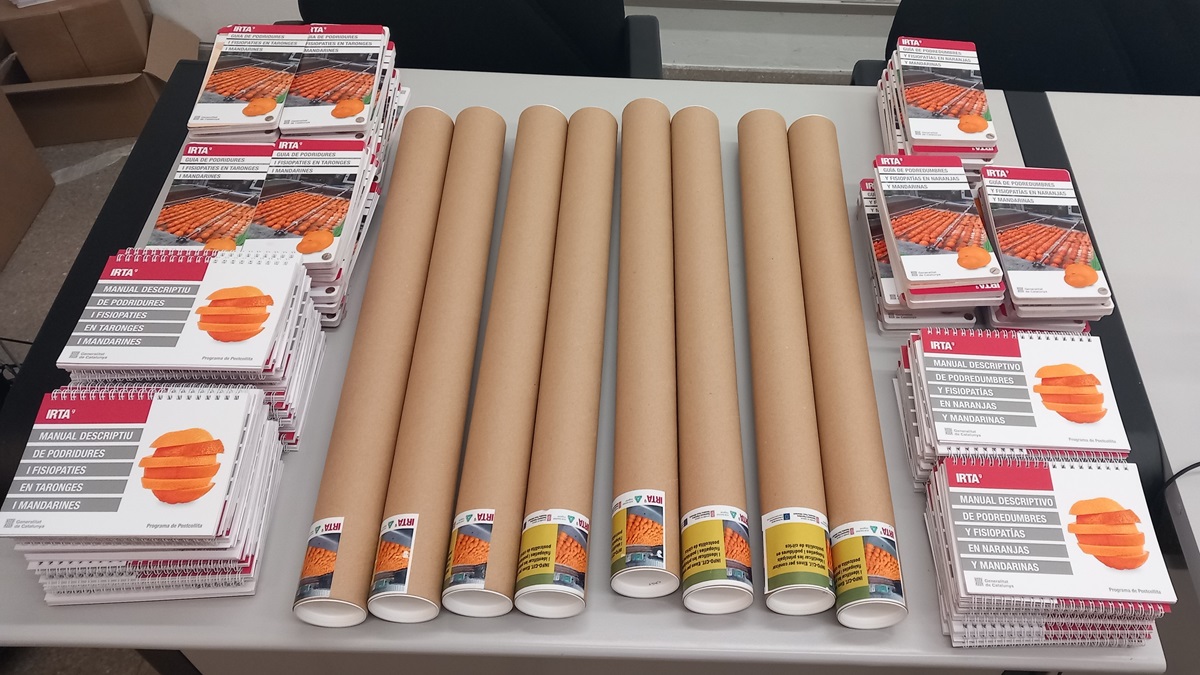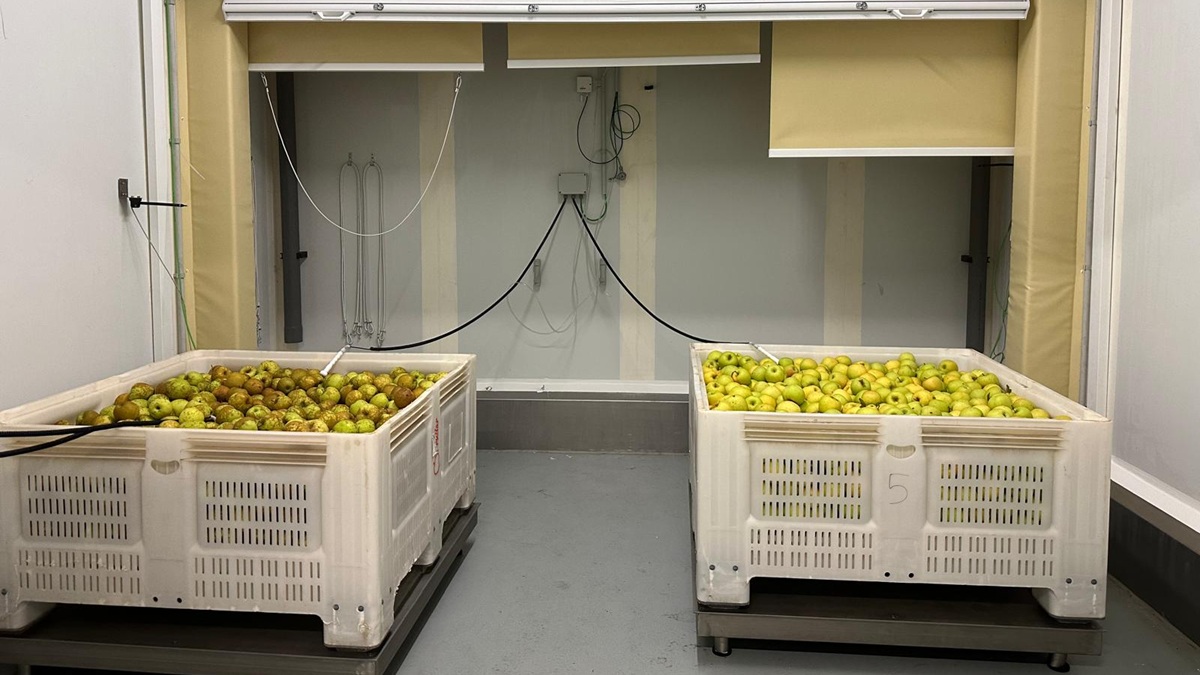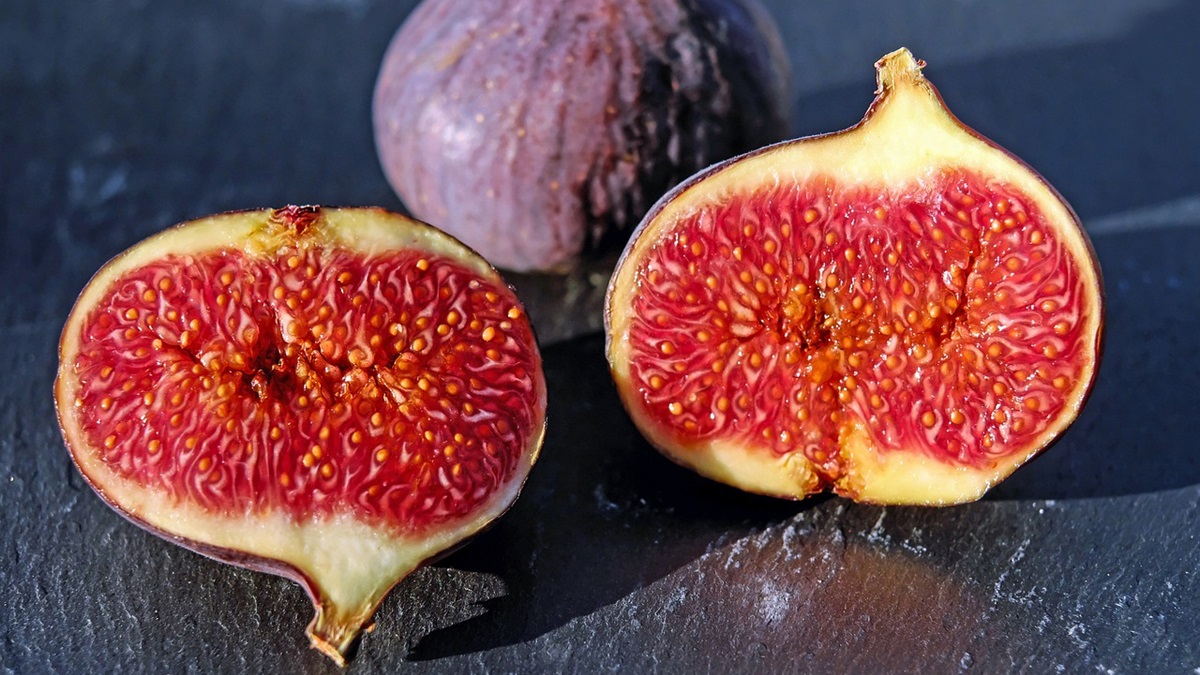

IRTA
Services
IRTA Creates a Manual to Help Identify Physiopathies and Rot in Oranges and Mandarins
Distinguishing the type of damage or fungal disease affecting the fruit will also help reduce the use of pesticides and improve post-harvest management

The Catalan citrus sector produces approximately 132,000 tons of fruit annually, the vast majority of which are mandarins and oranges. For the first time, producers and distributors of these foods have access to a descriptive manual and a photographic guide that illustrate and describe the most commonly detected physiopathies and fungal diseases. These materials have been developed under the INFO-CIT project, which aims to enhance knowledge about these damages and rots in order to identify them as early as possible and take appropriate action. This will minimize economic losses and also allow for the optimization of pesticide use.
The materials are aimed at both professionals in fruit processing centers and those working in public organizations or companies, focusing on post-harvest processes—from the moment the fruit is harvested and sorted at the processing centers until it reaches consumers’ homes.
Fruits That Cannot Be Marketed
When a fruit shows signs of rot caused by fungi, it loses value and must be discarded, often indicating potential problems with the preservation of the remaining stock.
As for injuries, defects, and physiopathies, these can result from, among other factors, excessive cold, nutritional disorders, and solar radiation, and in some cases represent merely an aesthetic issue since they do not alter the texture or taste. However, fruits with physiopathies cannot be marketed through regular channels, as they do not meet the aesthetic standards required by distributors or food chains.
Identifying these alterations as quickly and accurately as possible remains a challenge, as it requires experience and knowledge of the symptoms, which can be difficult due to the variety of different issues that may present similar symptoms.
Economic Benefits
The INFO-CIT project has included the publication of various educational materials and the organization of a training session for about fifty professionals from the Catalan citrus sector, where IRTA researchers explained the key points and symptoms to consider for better and faster identification of physiopathies and rot in oranges and mandarins.
Neus Teixidó, head of the IRTA Postharvest Program and responsible for INFO-CIT, explains:
“We believe that using this material will have a significant impact, as it will allow professionals to identify the main issues affecting their products and adopt corrective measures whenever possible. One example would be deciding on treatments to apply or determining the sale destination based on whether it is for long-distance shipping or not, depending on the fruit's preservation potential."
All of this will help manage the fruit better, improve results in distant markets, and strengthen local ones, as it is expected to limit returns of products that do not arrive in suitable conditions.
Environmental and Health Benefits
Moreover, quickly identifying the specific injury or rot affecting the fruit will help reduce and rationalize pesticide use. Teixidó explains:
“If it is recognized that the problem is, for example, due to excessive cold or a mechanical injury, it is clear that there is no need to apply pesticide treatments, as they would only be useful in the case of pathogens.”
Knowing the cause of the rot will allow for more rational and appropriate use of pesticides, which is a clear benefit for human health and the environment. Furthermore, the project leader emphasizes:
“Early detection allows for the implementation of strategies to prevent the development of infections or the spread of damage to other fruits.”
The Main Fruit Species Covered
INFO-CIT is the continuation of two previous initiatives that produced materials related to the physiopathies/damages and rots of pome fruits (peaches and nectarines) and stone fruits (apples and pears). Teixidó, who notes that this information, also published in Spanish, may be useful beyond the Catalan territory, concludes:
"In this way, we have now covered the information for the main fruits produced in Catalonia."
This material is provided to sector professionals free of charge to reach the largest number of users possible.
Activity funded through Operation 01.02.01 of the Technological Transfer Program of the Catalonia Rural Development Program 2014-2022.


About IRTA
IRTA (Institute of Research and Technology in Food and Agriculture) is a research institute dedicated to R&D+i in the agro-food sectors, focusing on plant production, animal production, food industries, the environment, global change, and agro-food economics. The transfer of its scientific advancements contributes to modernizing the competitiveness and sustainable development of the agricultural, food, and aquaculture sectors to provide healthy, quality food to consumers and enhance the well-being of the population. IRTA is affiliated with the Department of Agriculture, Livestock, Fisheries, and Food (DARP) of the Government of Catalonia and is part of the CERCA system.











